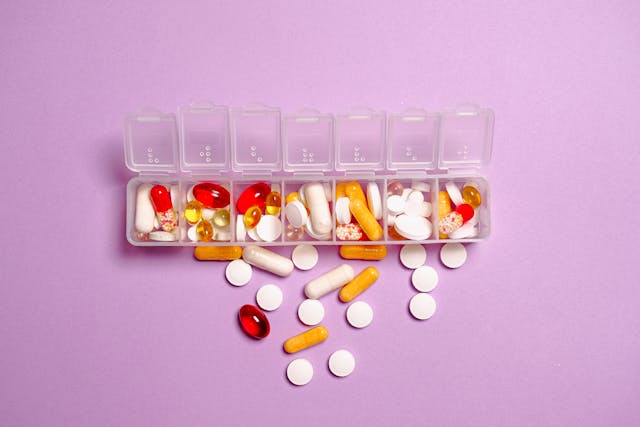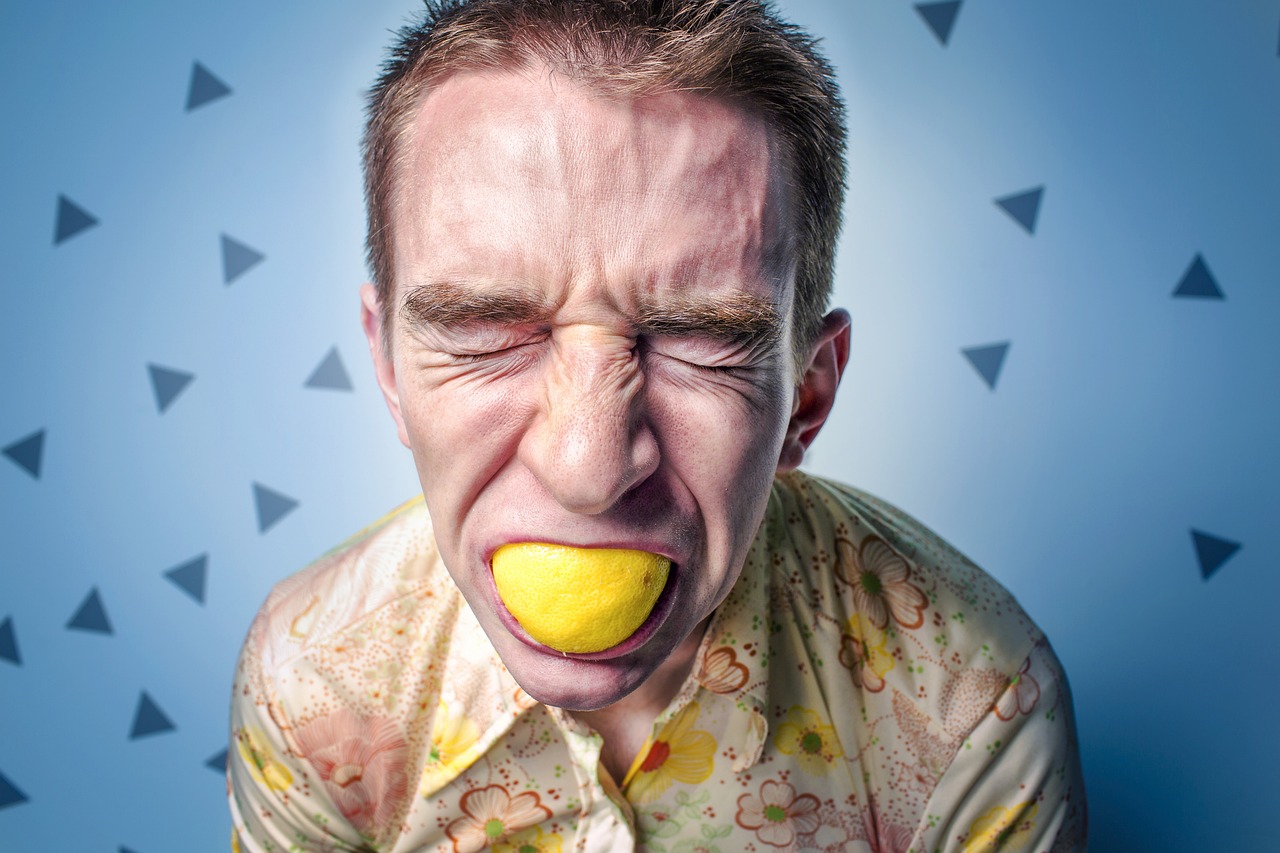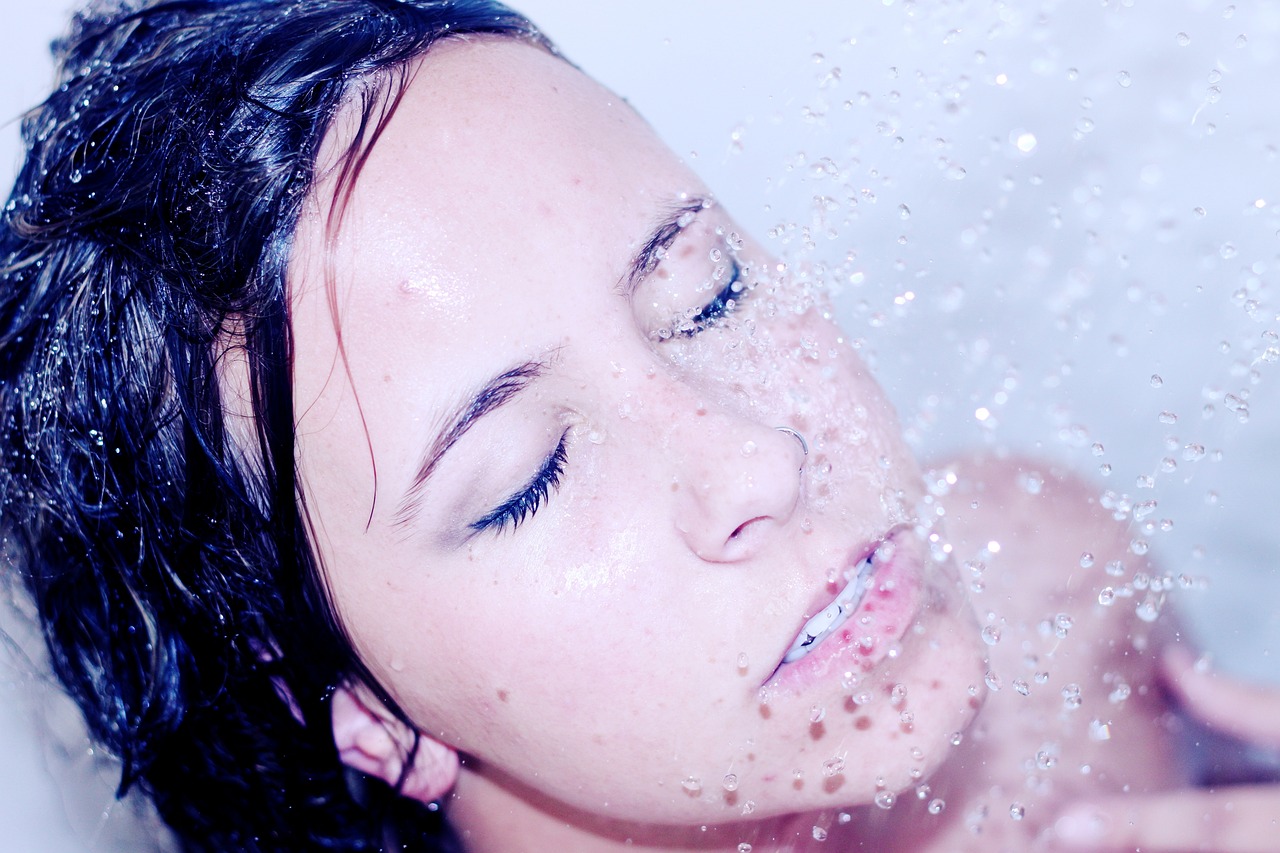Spinach has long been celebrated as a superfood due to it containing nutrients and versatility. In 2024, its applications have expanded beyond traditional salads and smoothies. Here are eight surprising uses of that might just inspire you to incorporate into your daily life in unexpected ways.

1. Natural Food Dye
Forget artificial colors; spinach can be used to create a natural green dye for food. Blending it and straining the juice can yield a vibrant color perfect for pasta, frosting, or even ice cream. Indeed, this eco-friendly option adds both visual appeal and nutritional value to your dishes.
2. Spinach-Based Skincare
Rich in vitamins and antioxidants, spinach is finding its way into skincare products. DIY face masks made from pureed spinach can help brighten skin and reduce inflammation. Look for commercial skincare lines that incorporate its extract for a natural glow.
3. Sustainable Packaging
Innovative research has shown that spinach leaves can be processed into biodegradable packaging. As the world grapples with plastic waste, spinach-based materials present an eco-friendly alternative for wrapping food or creating containers.
4. Flour
Health-conscious bakers are turning to spinach flour as a nutritious substitute for traditional flours. As it is packed with fiber and protein, it can be used in everything from pancakes to bread, adding a unique flavor and a boost of vitamins.
5. Green Ice Cubes
Add a nutritional punch to your beverages with spinach ice cubes. Puree it with water, freeze it in ice cube trays, and use them to chill smoothies, cocktails, or even soups. This simple trick enhances the health quotient of your drinks without altering the flavor significantly.
6. Animal Feed Enhancements
It is not just for humans; it’s being explored as a nutrient-rich addition to animal feed. Studies show that adding it to livestock diets can improve their health and increase the nutritional value of animal products, like eggs and milk.
7. Spinach-Based Bioplastics
In the realm of sustainability, researchers are investigating spinach for creating bioplastics. The cellulose extracted from it can be transformed into biodegradable materials, providing an eco-friendly alternative to conventional plastics.
8. Culinary Garnish and Flavor Enhancer
Beyond its role as a salad base, it can be used creatively in dishes. Its vibrant color and mild flavor make it an excellent garnish for various dishes, from risottos to omelets. Sautéed or blended, it can also enhance the taste and nutritional profile of soups and sauces.
As we venture into 2024, spinach continues to surprise us with its versatility. From natural dyes to innovative packaging solutions, this humble leafy green is not only a powerhouse of nutrients but also a catalyst for creativity and sustainability. Therefore, next time you reach for a bag, consider these surprising uses and elevate your culinary and eco-friendly practices.









